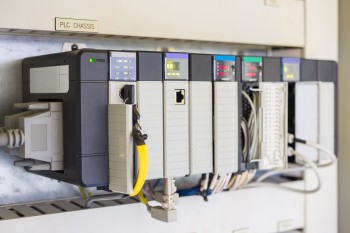Every component of your control system – from controllers, I/O cards and network equipment to computers and software – has an expectant lifecycle. If any component of the control system is at or near its end-of-life phase, the potential risk for production shut-down is significantly increased. Therefore, it is critical to know the age of all components of your control system, whether your system hardware and software are still supported by the manufacturer and the availability of spare parts so that you can avoid costly unplanned downtime.










